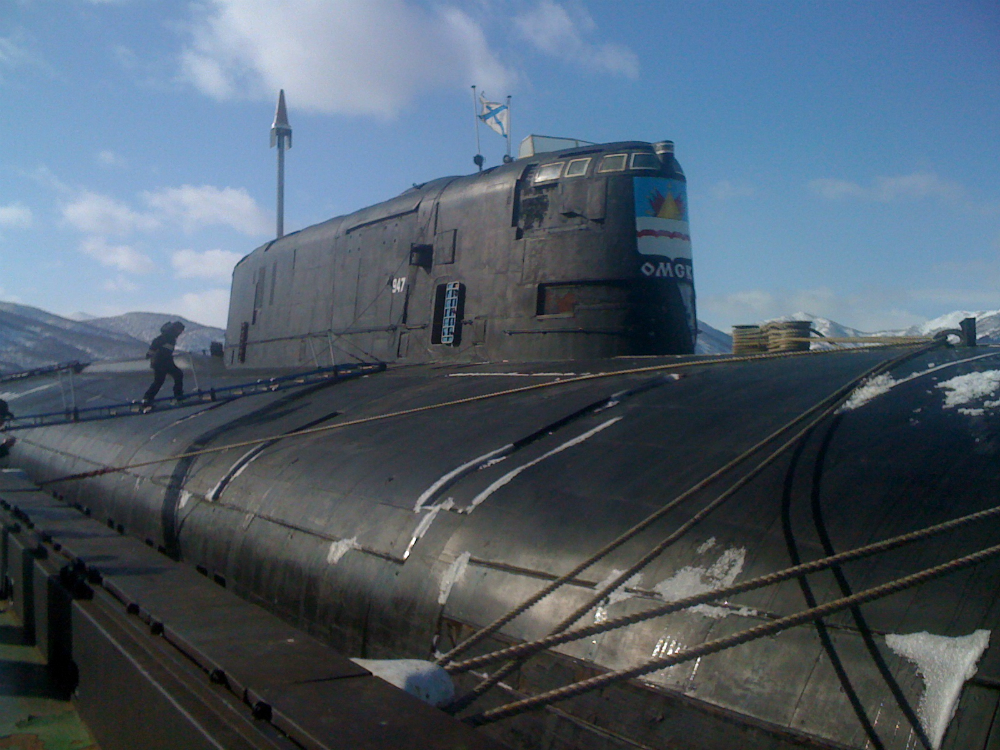12/29/2016 / By Randall Wilkens
When one envisions aquatic warfare, images of everything from historic galleons manned by sword wielding pirates to massive battleships containing hundreds of uniformed soldiers comes to mind. Other imagery that certainly might cross one’s mind, particularly those fond of war films, are of beach landings. Common popular culture depicts boats laden with nervous, yet courageous young men careening toward a heavily fortified coastline, with death imminently flying at them from all directions and the bodies of their fallen brothers creating a crimson wake. While I may or may not be referring to a movie starring Matt Damon and Tom Hanks set during World War 2, that dramatization wasn’t that far from the truth. That type of monumental sacrifice is brought to light annually on Memorial Day. Thankfully, modern technology is creating a means by which beach landings of an epic nature such as that of Omaha Beach will remain solely in the past.
Most people hear the word “drone” and immediately picture unmanned, light weight planes capable of bombing distant targets while keeping military personnel safely out of harm’s way. Until recently, this definition, at least in a military sense, was pretty much spot on. The use of aerial drones for combat purposes began around 2004 during the Bush administration and dramatically escalated during the Obama administration, resulting in numerous civilian casualties. This was effective for long range designs, but landing on a beach still brought with it a multitude of dangers for soldiers. Thus it became necessary for new improvements to be made.
This is where the Guardbot makes its grand entrance onto the battlefield. Guardbot is essentially a sea drone. Skimming across the ocean surface at a brisk 4 miles per hour, once the robotic ball reaches shore it can then continue traveling up to 20 miles per hour at up to a 30 degree incline. This can be achieved in packages that range from as small as 10 centimeters in diameter to an astonishing 9 feet.
The system currently uses a 2-8 Ghz data link for control but future plans incorporate a type of GPS which would allow the use of plug-in coordinates on an internal map that the Guardbot can use to find specific, desired locations. Although it will not be deactivating bombs or landmines any time soon, the machine will be capable of detecting explosive materials that are in its vicinity, so it won’t necessarily be replacing soldiers making their way ashore but its remote capabilities will certainly play a part in lessening the odds of another wartime casualty.
Sources:
DefenseOne.com
GuardBot.org




















